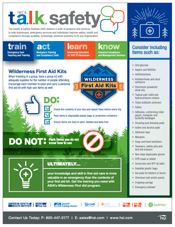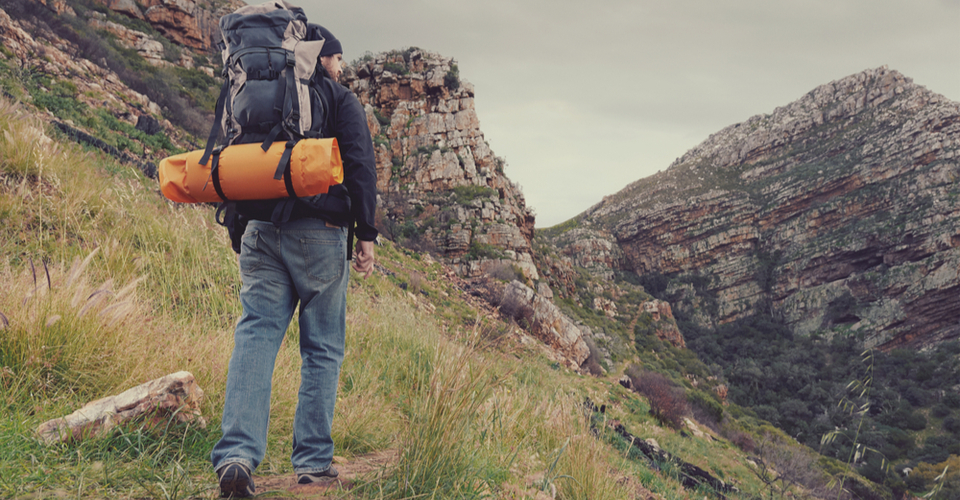Wilderness environments create special situations that you won’t usually encounter in an urban or suburban area. When you’re in a remote setting, you’ll likely have limited resources and longer response times for EMS during an emergency.
So, it’s important you prepare for the unknown by getting trained in Wilderness First Aid and packing the essentials. Here’s what to pack in your wilderness first aid kit.

Wilderness first aid kit checklist
Your wilderness first aid kit should include adequate supplies to cover the number of people attending your trip.
You’ll need to factor in where you’re going, how long you’ll be there and any environmental conditions you may run into. You also need to know how many people you could be treating throughout the trip.
Consider adding items like:
-
Oral glucose
-
Aspirin and nonsteroidal anti-inflammatory drugs (NSAIDs)
-
Antihistamines
-
Antidiarrheals and stool softeners
-
Electrolyte powdered drink mix
-
Topical pain relief and hydrocortisone creams
-
Triple antibiotic ointment
-
Saline
-
Adhesive, conforming roller gauze, triangular and butterfly bandages
-
Dressing and dressing pads
-
Iodine and alcohol pads
-
Adhesive tape
-
Moleskin
-
Soap and hand sanitizers
-
Tweezers, safety pins and first aid scissors
-
Non-latex disposable gloves
-
CPR mask or shield
-
Sunscreen and SPF lip balm
-
Sealable plastic bags
-
Gel pads for blisters or burns
-
Chemical cold and/or packs
-
Irrigating syringe
-
Emergency blanket
Additionally, each member should be encouraged to pack and carry a personal first aid kit with any high-use items (e.g. disposable gloves, bandages, quick calories and personal medications).
Dos and don’ts for packing your wilderness first aid kit
Before each trip, check the contents of your wilderness first aid kit. Restock any missing supplies and add necessary items unique to each person in your group. Opt for items that are easy to open, labeled and latex-free.
Pack items in disposable plastic bags or protective containers to ensure they’re protected from the elements.
Don’t pack items you don’t know how to use. It’s a waste of space (since you likely won’t use them) and some items can become dangerous if used incorrectly.
Wilderness training provides you with knowledge and skills to respond
It’s important to have a fully stocked wilderness first aid kit. But it’s even more valuable to get trained in wilderness first aid. Your knowledge and skills in first aid care will be crucial during an emergency.
Contact your local Training Center to find a Wilderness First Aid program near you.







.png?width=600&name=HSI-CTA-EmergencyCareTraining%20(1).png)











Comments